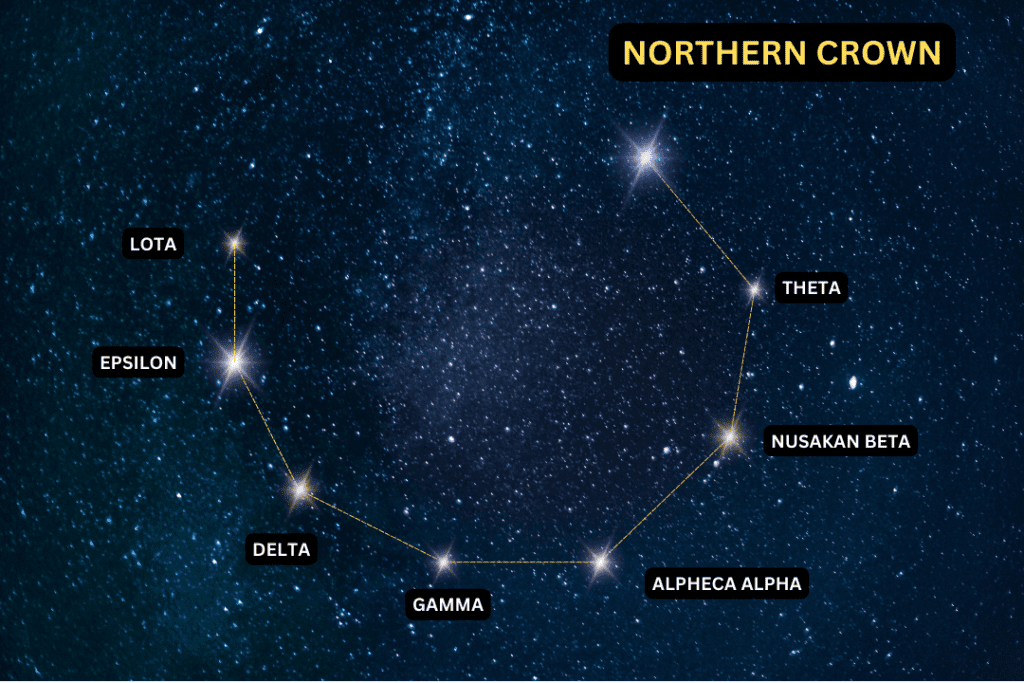
IMAGE : NORTHERN CROWN
Envision one evening you are sitting beneath the sky, attempting to find the northern crown, and see a sudden blast in the sky. Well, it may happen in a few months. In the following few months, a star in the night sky is going to detonate in front of our eyes. And you will be able to see it indeed without a telescope in India. So, wherever you live in India, you have to discover this design in the north. This is called the Northern Crown, a constellation visible in the northern hemisphere, holds a mystique that spans cultures and epochs. Known also as Corona Borealis, its distinctive shape resembles a circlet or tiara adorning the heavens. In Greek mythology, it is linked to the tragic tale of Princess Ariadne, whose gift from Dionysus was immortalized as a constellation after her death. With its bright stars forming a captivating arc, Northern Crown has inspired storytellers and stargazers alike, inviting contemplation of the celestial mysteries that punctuate the night sky.
Can you believe it? According to NASA researchers, there’s a massive explosion coming up in the sky this year, right where we can spot the Northern Crown. And get this—it’s going to be so bright that we’ll see it without needing a telescope! Imagine that—our very own fireworks show in the sky, lighting up for 2-3 days straight. And then, just like a disappearing act, it’ll vanish again for another 80 years, only to make a grand comeback down the line. It’s like a celestial magic trick!
But here’s the kicker: how does a seemingly dim star pull off such an explosive performance with a shining streak? It’s like turning a dimmer switch all the way up to the max! Oh, the mysteries of the universe never cease to amaze us!
This story takes us back in time quite a bit. The last time something similar happened was way back in 1600, when the night sky stayed unusual for a whopping 18 months! Can you imagine that? Not just one, but two Venuses were visible in the sky. So, let me ask you again: why is this star acting so unpredictable and erratic?
Remember how I mentioned it’s set to explode again after 80 years? How does that even happen? And then it explodes again? It’s like a never-ending fireworks show! But here’s the kicker: researchers are saying that this explosion might hold clues to how life began on Earth. Now, that’s a head-scratcher, right? How can one explosion, said to occur in just three months, be connected to the beginnings of life on our planet, which happened billions of years ago?
OBSERVATIONS OF ALEXEI KAMENCHUK

IMAGE : ALEXEI KAMENCHUK
In 1866, there was a railroad worker named Alexei Kamenchuk who loved looking at the stars every night. One evening, he spotted a strange sight in the sky—a new star in the Northern Crown constellation. This star wasn’t there before. What made it even weirder was that it shone brightly for a few days and then disappeared. Alexei, being familiar with stars, knew something wasn’t right. Stars usually take millions or even billions, of years to form and die. So, why did this star appear and vanish so quickly? This question bothered him a lot. Driven by his insatiable curiosity, Alexei embarked on a journey to uncover the truth. Armed with his trusty telescope, he scoured the heavens for any traces left behind by the vanished star. To his amazement, he stumbled upon the remnants of the star, but that’s not all—he also discovered something invisible to the naked eye, yet visible through his telescope. This revelation only fueled Alexei’s curiosity further, prompting him to diligently observe and document the brightness of this enigmatic star each night. He devoted the remainder of his days to studying it, eager to unravel its mysteries.
Then, just when he thought he had seen it all, another star suddenly appeared and disappeared, mirroring the events of the past. It was as if history was repeating itself before his very eyes. Through Alexei’s tale, we learn the profound importance of curiosity and the boundless wonders that await us in the vast expanse of the night sky.
ALEXIE’s DATA
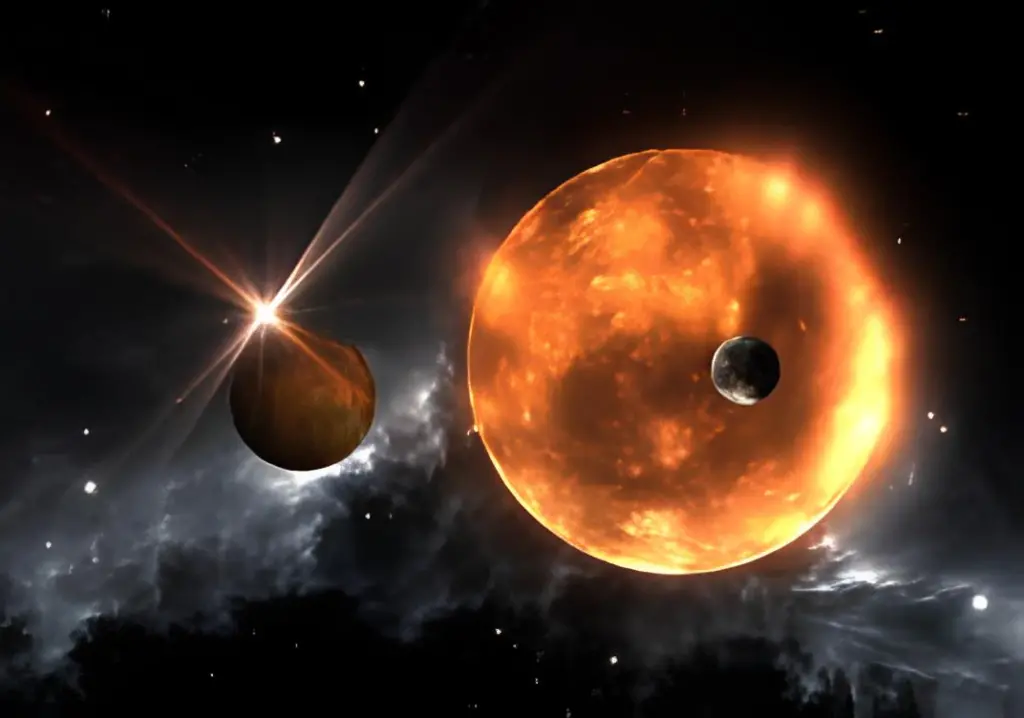
IMAGE : WHITE DWARF & RED GIANT STAR
Back in 1946, that star once again lit up just as Alexei had recorded back in 1866. But just like before, it vanished after two to three days. Fast forward to 2016, in the same spot and the same star grouping, a similar pattern was observed once again. What happened in 2016? Well, when some astronomers were observing the northern hemisphere through telescopes, they noticed a star behaving very strangely. It would get dim and then bright, dim and then bright, just like a regular star. This pattern was noticeable. But within just four to five years, which is a very short time for a star’s life cycle, its brightness started decreasing significantly. And interestingly, once again, this could only be seen through a telescope. So naturally, they started looking back in time. That’s when they discovered Alexei’s detailed observations from 1866 to 1946. So, the astronomers began studying Alexei’s data.
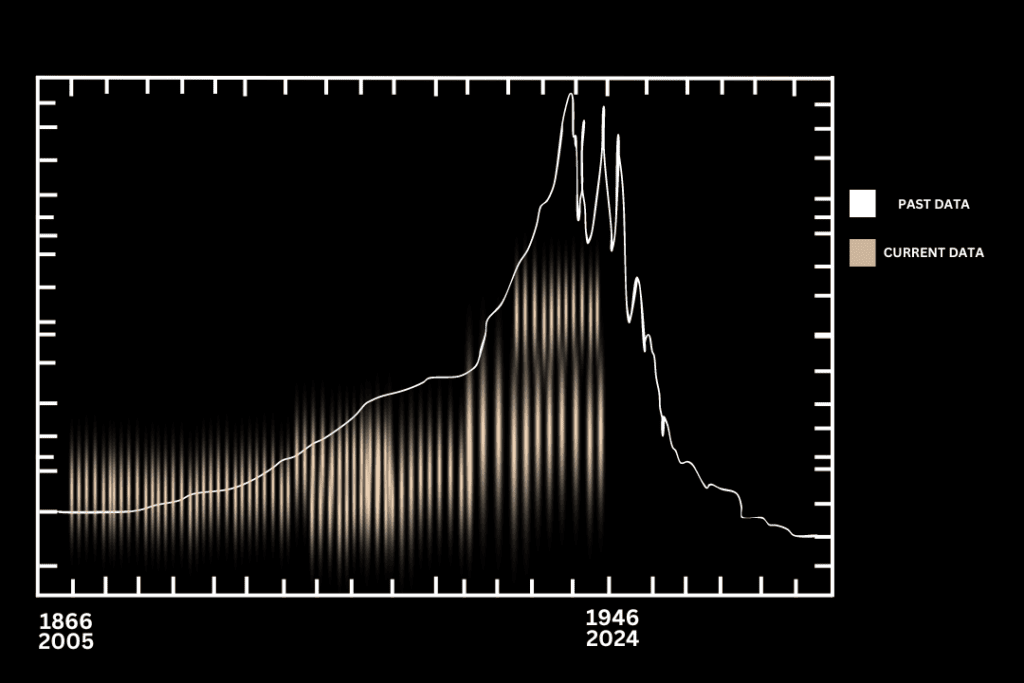
IMAGE : BRIGHTNESS GRAPH
So, it’s great that Alexei’s information came in handy here. And with this information, they trusted that they would get a few clues. They found out that anything that happened between 1866 and 1946 was the same occasion as it was in 1946. And the most peculiar portion is that in both cases, there is precisely a hole of 80 for a long time. Presently, sometime recently, we get why there has been a crevice of 80 for a long time. You know, what’s the most curious thing about science? Well, that is, science continuously keeps updating its strategies and innovation. So presently, the address is: What did these space experts translate from Alexei’s information? Did they get the mystery data with which they were able to make these forecasts? So what did these stargazers really do? Between 1866 and 1946, for any information Alexei made famous, they made a chart of brightness with the offer assistance. And at that point, they coordinated it with the chart they had recorded. In current times, the same top as in 1946, this time once more in 2024, will be seen in 2026. This implies that the same crest that Alexei saw numerous times a long time prior will be seen nowadays by our era as well. Really, researchers have found out that the top that is going to happen is not a single star, but a parallel framework made up of two stars. Its title is T Corone Borealis, or TCRB in brief.
WHAT IS NOVA?
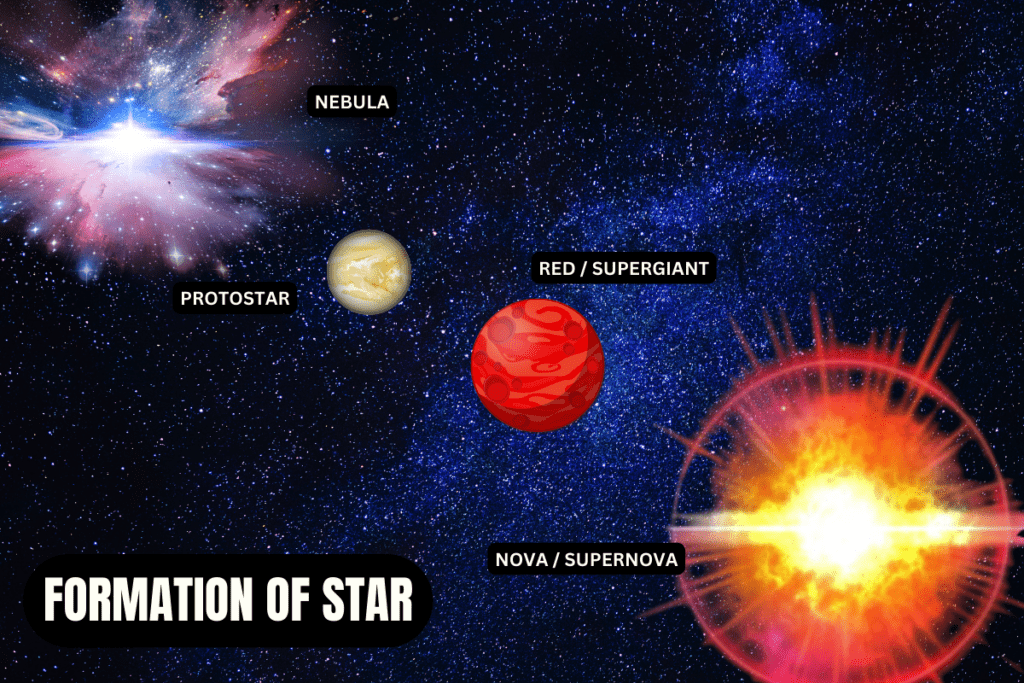
IMAGE : FORMATION OF STAR
The star system consists of two stars: a white dwarf and a red giant. They are very close to each other, with a distance similar to that between the Sun and Mercury. Because of this, the white dwarf pulls material from the outer layer of the red giant toward itself, forming a disk of matter around it. As the disk grows, its pressure increases, causing the temperature to rise and nuclear fusion to start in the centre of the white dwarf. When fusion begins, the white dwarf releases a huge amount of energy, making it much brighter. This event is called a nova, and during this time, TCRB becomes five times brighter than before. It’s a fascinating phenomenon studied by astronomers. Presently, this marvel is exceptionally curiously. And cosmologists call it NOVA.
SO HOW CAN IT BE ASSOCIATED WITH OUR LIVES AND SOIL?
So, NASA says this star didn’t directly give birth to life on Earth, but its explosions play a vital role. When these stars explode in nova blasts, they release elements like carbon, nitrogen, and oxygen. Supernova explosions go even further, creating heavy elements like iron, zinc, and gold. Billions of years ago, in the region where our solar system now exists, there were likely many stars undergoing these explosions. They scattered life-building elements into space, which eventually became part of the material that formed the Sun and Earth. This shows how incredible and interconnected the universe is. The explosions of these stars played a crucial role in creating the building blocks of life on Earth, like DNA, RNA, and proteins. It’s fascinating to think about how such events shaped our existence!
So, NASA researchers say that nova blasts can also help determine the rate at which our universe is expanding, even more accurately than current methods. Let’s understand this with a simple analogy: Imagine two flashlights shining equally bright. Now, if I take one flashlight away from you, how would you know it’s gone? You’d notice its light becoming dimmer compared to the other flashlight. What does this mean? It means the distance between the first flashlight, the second flashlight, and you is increasing, right? Similarly, in the context of the universe, this suggests that the universe is expanding. And what’s causing this expansion? Dark energy, right?
So, NASA believes that by studying how nova blasts consistently maintain the same level of brightness, we can understand the secrets of dark energy, which plays a role in the universe’s expansion. And all of this started with a simple question asked by an ordinary railroad man: How did a star suddenly appear here? And how did it explode so quickly? This shows the power of curiosity, even from someone who isn’t a big scientist. And that, my friends, is the essence of science. It shows how a small question can lead to significant contributions to our understanding of the universe. It’s been happening, and it continues to happen.
Back in Nikola Tesla’s time, things were mainly powered by DC current, which couldn’t travel far. But Tesla was curious. He asked himself, “What’s the problem with DC current that it can’t go far?” So, he came up with AC current, which powers your TV, fridge, computer—everything! Then there’s Charles Darwin. When he visited the Galapagos Islands, he noticed two birds on the same island with different tails. He wondered, “Why are their tails different?” And just from that simple question, he developed a theory of evolution that we all know today.
And who can forget Newton? He pondered, “Why do things fall down?” And now, thanks to him, industries like space, construction, telecommunications—everything that relies on communication satellites—can thrive. It’s all about having a scientific mindset, asking questions, and seeking answers to understand the cause and effect behind every phenomenon. So, the next time you’re curious about something, don’t hesitate to ask, “Why is it like this?” You never know what discoveries you might make!
And don’t forget to fill that curiosity gap! Trust me, having this attitude will give you a better understanding of the world, a valuable tool in solving problems and fostering creative thinking. In life, you don’t just close your eyes and face any problem head-on. You need to ask questions, address with logic, and figure out why things are the way they are. You can do some research and find possible solutions, and eventually, you’ll see that the problem will get resolved. It’s not rocket science, just a simple mindset that operates on cause and effect—a mindset that empowers you from outside the world. And the fun in solving these problems is simply priceless!
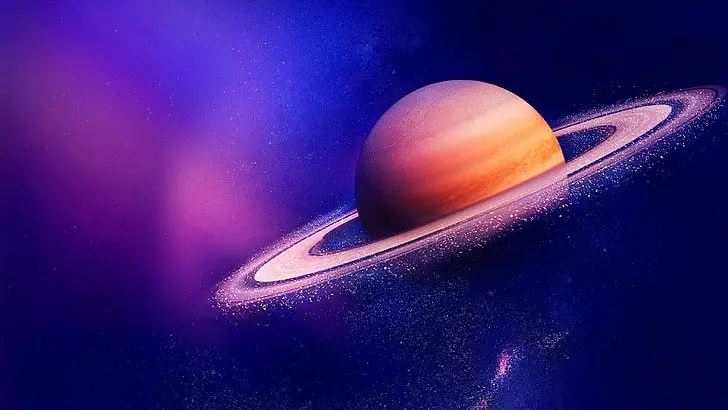
IMAGE : SATURN
Now, let’s talk about Saturn and its mysterious rings. According to astronomers, Saturn’s rings are disappearing, which is quite concerning. By March 2025, Saturn is expected to look quite different. But what’s happening to Saturn all of a sudden? Are there any events taking place there? Saturn is truly fascinating. And if you didn’t know, I’ve made a full video on this topic. You can click here to READ it. It’s really intriguing, and you’ll learn many fascinating facts about Saturn.
Before we part ways, let me remind you once again, don’t miss that special event in September 2024. If you catch that event, don’t forget to leave a comment. Happy exploring!








0 Comments